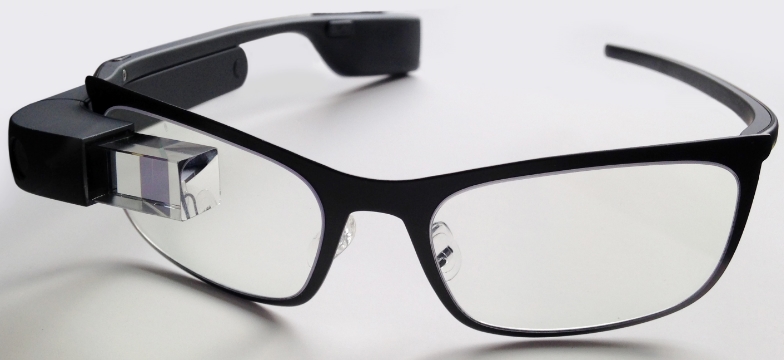
Google Glass is one of the most notable products in the field of wearable technology. The first prototype was created in 2011; since then, Glass has received an increasing amount of press and consumer attention, for better or worse. Currently, Google Glass is still in its beta stage, but Google has greatly opened up the availability of Glass in the past year. Many professionals in various industries are already thinking about how Google Glass can benefit productivity. In the field of logistics, Google Glass may be a key contributor to improving supply chain efficiency.
Supply Chain Management: Takeaways From Jeff Bezos's 7 Amazon Supply Chain Lessons
How Glass Could Be Applied In The Supply Chain
There have already been multiple reports of Google Glass being tested and applied in a warehouse environment. This past May, Mashable reported that a Dutch logistics fulfillment company called Active Ants equipped their stock pickers with Google Glass for a week to see how it would impact supply chain efficiency. The results were very positive: Google Glass led to a 15% increase in stock picking speed and a 12% decrease in worker errors.
Knapp AG, an Austrian logistics company, has also created a similar “augmented reality” visual system that utilizes its own proprietary technology to improve supply chain processesby making warehouse workers more efficient. Knapp AG’s visual technology allows workers to see how far away they are from items in the warehouse and use wayfinding arrows to help them quickly locate item stock that needs to be pulled. German technology company Beckhoff conducted a study where Google Glass was utilized to help machine operators more efficiently learn about the status of equipment that is being used in their operation.
How Industry Giants Are Using Technology To Control Supply Chain Costs
Challenges To The Widespread Adoption Of Google Glass
It is clear that more and more companies are beginning to realize the helpful applications of Google Glass when it comes to supply chain efficiency. However, there are a few questions that still exist that must be resolved before Google Glass sees mainstream adoption. Robert Scoble at Rackspace has gone on record criticizing Google Glass for problems like short battery life, an excessively high price point, and an eye sensor that could invade personal privacy. A recent AdWeek study echoes these concerns; data showed that almost 3 out of every 4 Americans will not wear Google Glass because of concerns about privacy and safety.
How Robotics Is Changing The Industrial Supply Chain Landscape
The potential applications of Google Glass in the logistics industry are very exciting. Unfortunately, more time is needed for Glass to develop and for industry thought leaders to come up with solutions that can get around obstacles to Glass’ adoption on a greater scale. If these hurdles can be overcome, it is very possible that Glass will be used in the near future by a large number of commercial organizations that want to improve their supply chain efficiency.
Image Source: Google

About Michael Wilson
Michael Wilson is AFFLINK'S Vice President of Marketing and Communications. He has been with the organization since 2005 and provides strategic leadership for the entire supply chain team. In his free time, Michael enjoys working with the Wounded Warrior Project, fishing, and improving his cooking skills.





